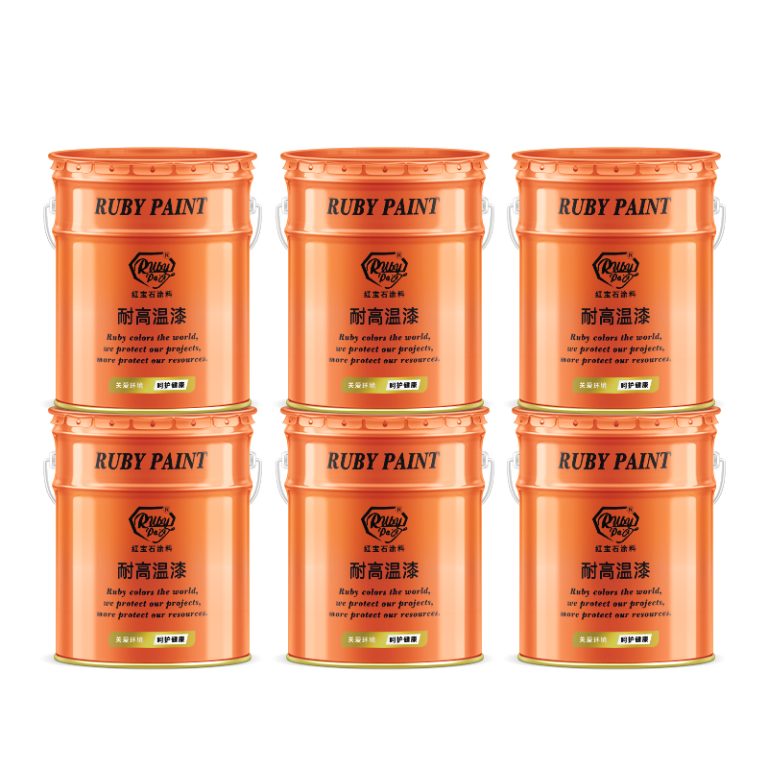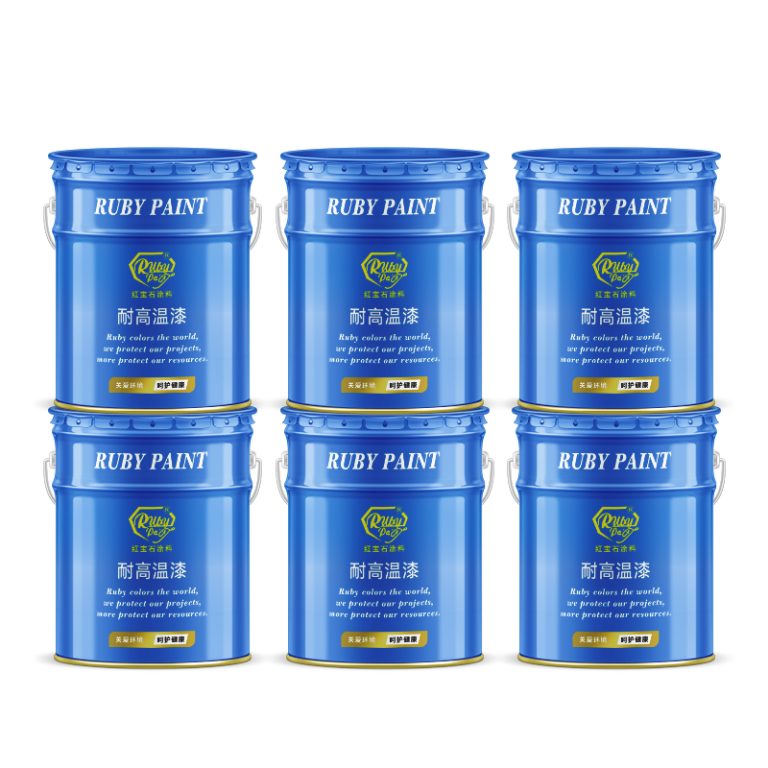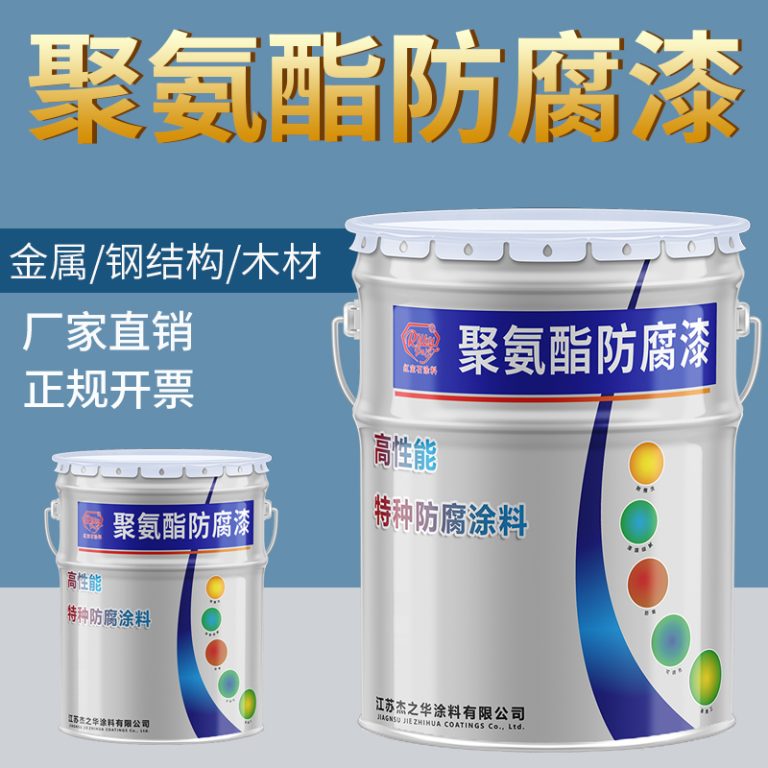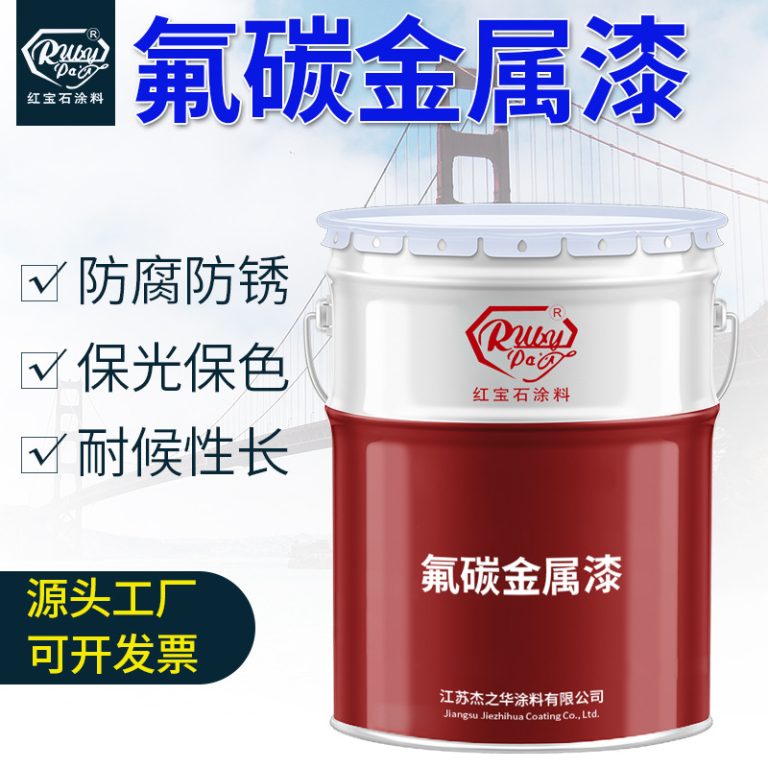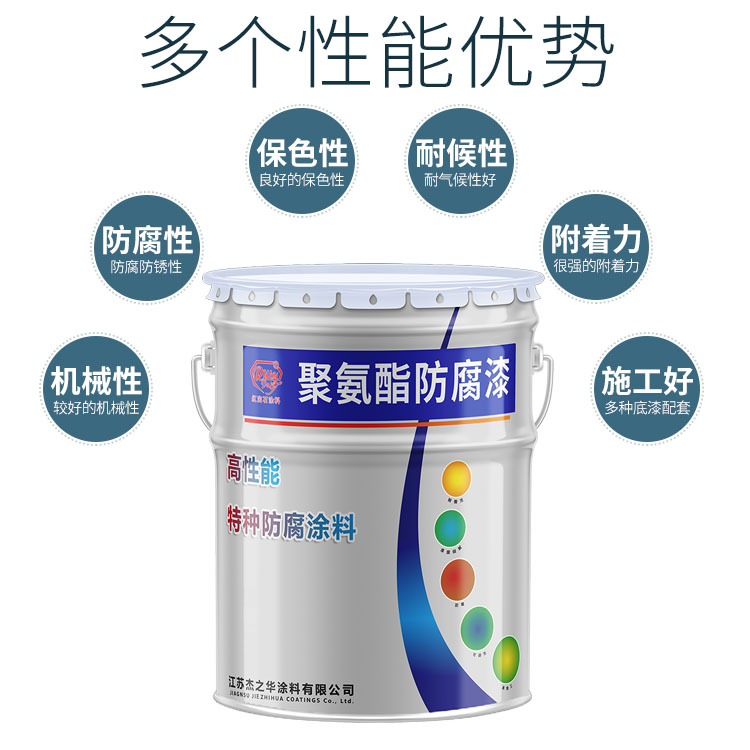Table of Contents
Preparing Surfaces for Painting Over Fluid Film
When it comes to painting over surfaces that have been treated with Fluid Film, preparation is key to achieving a successful and long-lasting finish. Fluid Film is a popular rust and corrosion preventative coating that is widely used on various surfaces, including metal, to protect them from the harsh effects of moisture and other environmental factors. However, its oily and waxy nature can pose challenges when it comes to painting over it. To ensure optimal adhesion and durability of the paint, it is essential to follow a meticulous preparation process.
The first step in preparing a surface coated with Fluid Film for painting is to thoroughly clean the area. This involves removing any dirt, grease, or other contaminants that may have accumulated on the surface. A degreaser or a strong detergent can be used to break down the oily residue left by Fluid Film. It is important to ensure that the cleaning agent is compatible with the type of surface being treated to avoid any damage. Once the surface has been cleaned, it should be rinsed with clean water to remove any traces of the cleaning agent.
After cleaning, the next step is to abrade the surface to create a rough profile that will help the paint adhere better. This can be achieved by lightly sanding the surface with fine-grit sandpaper. The goal is not to remove the Fluid Film entirely but to scuff up the surface enough to provide a good mechanical bond for the paint. It is crucial to sand evenly and avoid creating deep scratches that could potentially expose the underlying material to corrosion.
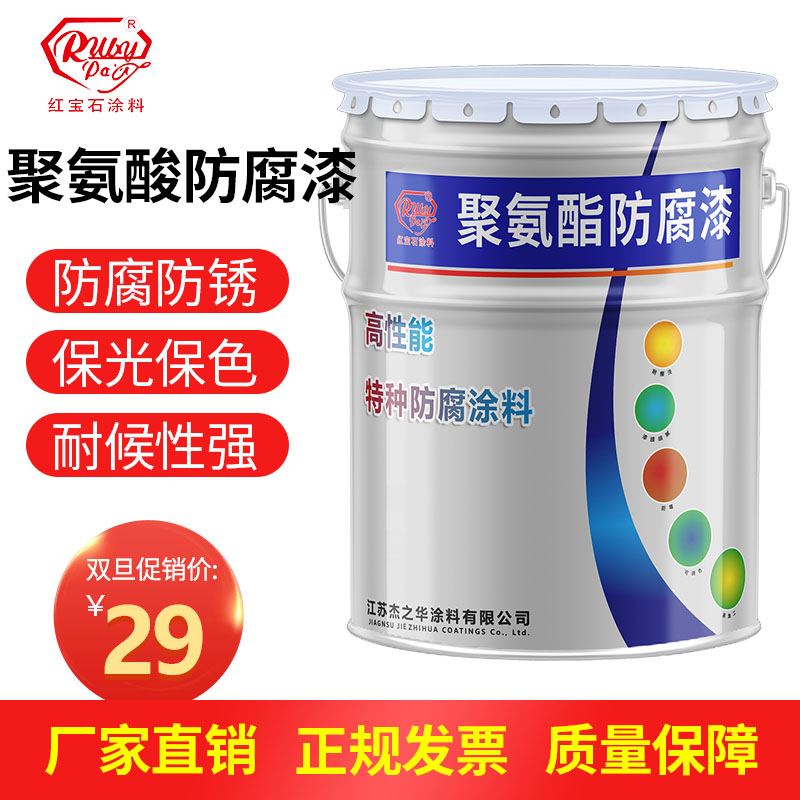
Once the surface has been sanded, it should be wiped down with a tack cloth or a clean, lint-free rag to remove any dust or debris generated during the sanding process. This step is important to ensure that the surface is as clean as possible before painting, as any remaining particles can interfere with the adhesion of the paint.
Before applying paint, it is advisable to use a primer that is specifically formulated for use on surfaces treated with oil-based products like Fluid Film. The primer will help seal the surface and provide a uniform base for the paint to adhere to. It is important to follow the manufacturer’s instructions regarding the application and drying times of the primer to achieve the best results.
Once the primer has dried completely, the surface is ready for painting. It is important to choose a paint that is compatible with both the primer and the surface being painted. Oil-based paints are generally a good choice for painting over Fluid Film, as they have better adhesion properties on oily surfaces compared to water-based paints. When applying the paint, it is important to use even strokes and apply multiple thin coats rather than one thick coat. This will help prevent drips and ensure a smooth, even finish.
In conclusion, painting over Fluid Film requires careful preparation to ensure that the paint adheres properly and provides a durable finish. By following the steps outlined above—cleaning, sanding, priming, and choosing the right paint—homeowners and professionals alike can successfully paint over surfaces treated with Fluid Film, enhancing both their appearance and longevity.
Best Types of Paint to Use Over Fluid Film
When it comes to protecting metal surfaces from corrosion, Fluid Film is a popular choice. This lanolin-based product provides a protective coating that helps to prevent rust and corrosion on a variety of surfaces. However, there may be instances where you want to paint over Fluid Film to achieve a specific aesthetic or to further protect the surface. In such cases, it is important to choose the right type of paint to ensure proper adhesion and durability.
One of the best types of paint to use over Fluid Film is oil-based paint. Oil-based paints are known for their strong adhesion properties, which make them ideal for use on surfaces that have been treated with Fluid Film. The oil in the paint can effectively bond with the lanolin in Fluid Film, creating a durable and long-lasting finish. Additionally, oil-based paints are highly resistant to moisture, which further enhances their protective qualities when used over Fluid Film.
Another suitable option is epoxy paint. Epoxy paints are known for their excellent adhesion and durability, making them a great choice for painting over Fluid Film. These paints form a hard, protective coating that can withstand harsh environmental conditions, including exposure to chemicals and extreme temperatures. Epoxy paints are also resistant to abrasion and impact, which makes them ideal for use on surfaces that are subject to heavy wear and tear.
Acrylic paint is another option to consider when painting over Fluid Film. Acrylic paints are water-based, which makes them easier to work with and clean up compared to oil-based paints. They also dry quickly and provide a smooth, even finish. While acrylic paints may not have the same level of durability as oil-based or epoxy paints, they can still provide adequate protection when used over Fluid Film, especially in less demanding applications.
| Nr. | Name |
| 1 | Fluoracarbon paint |
It is important to note that proper surface preparation is crucial when painting over Fluid Film. The surface should be clean and free of any dirt, grease, or other contaminants that could interfere with paint adhesion. It may also be necessary to lightly sand the surface to create a rougher texture that can help the paint adhere better. Once the surface is prepared, it is recommended to apply a primer before painting. A primer can help to improve paint adhesion and provide a more uniform finish.
| No. | Article Name |
| 1 | Industrial paint |
In conclusion, when painting over Fluid Film, it is essential to choose the right type of paint to ensure proper adhesion and durability. Oil-based paints, epoxy paints, and acrylic paints are all suitable options, each with its own set of advantages. Proper surface preparation, including cleaning and sanding, is also critical to achieving a successful paint job. By following these guidelines, you can effectively paint over Fluid Film and achieve a protective and aesthetically pleasing finish on your metal surfaces.

